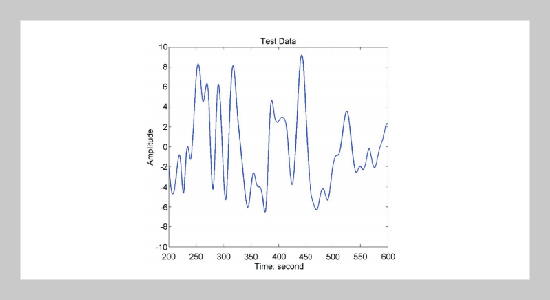Huan-Hsuan Ho 1, Po-Lin Chen2 , Dave Ta-Teh Chang2 and Chih-Hao Tseng2 1Department of Traffic Science, Central Police University, Taoyuan, Taiwan 333, R.O.C.
2Department of Civil Engineering, Chung Yuan Christian University, Taoyuan, Taiwan 320, R.O.C.
Received:
November 27, 2009
Accepted:
May 6, 2010
Publication Date:
September 1, 2010
Download Citation:
||https://doi.org/10.6180/jase.2010.13.3.06
The main purpose of this study is to explore the feasibility and applicability of using EMD and HHT on the analysis of track structure system through laboratory testing and vibration testing. The research process is divided into two phases, the first section is rail vibration frequency testing. It was measured the vertical (Z direction) natural frequency of a single span rail in the laboratory. The analysis methods use EMS and HHT spectrum analysis theory, as well as on FFT, in order to know the different results of the two methods. The results of interval rail vibration frequency test showed that Z direction range is 720Hz, and is roughly the same as the scope defined by existent documentations. The significant results obtained by the analysis of EMD and HHT, and percepts the different self-vibration frequencies of injury and normal rail; As is known from the simulation results, for the different vertical support conditions of standard section and hollowed out section, the vibration frequency of the track structure decreased from standard section’s 700Hz to 400Hz, this phenomenon is very clear for the application of EMD and HHT, and further confirmed the feasibility and applicability of EMD and HHT used in track structure. In addition, the accelerometer at rail effective on quantity examine laying ranging interval between 8 m, so it is not good for the economic benefits, vibration signals obtained by setting up the accelerometer on the top of the locomotive is complicated, but remain valid by doing HHT spectrum analysis after EMD signal decomposition, and can help to further targeting the damage location. Finally, by comparing the results of HHT and FFT analysis, we confirmed that FFT can only get the average natural frequency which has nothing to do with time, it can not be used to calculate the possible damaged location of the track structure, while HHT can obtain time-varying frequency and energy calibration, then we can effectively calculate the possible damaged location of the track structure. By comprehensively analyzing the results, EMD and HHT has the practical advantage and broader applicability than FFT.ABSTRACT
Keywords:
Empirical Mode Decomposition, Fast Fourier Transform Analysis, Hilbert-Huang Transform
REFERENCES
















